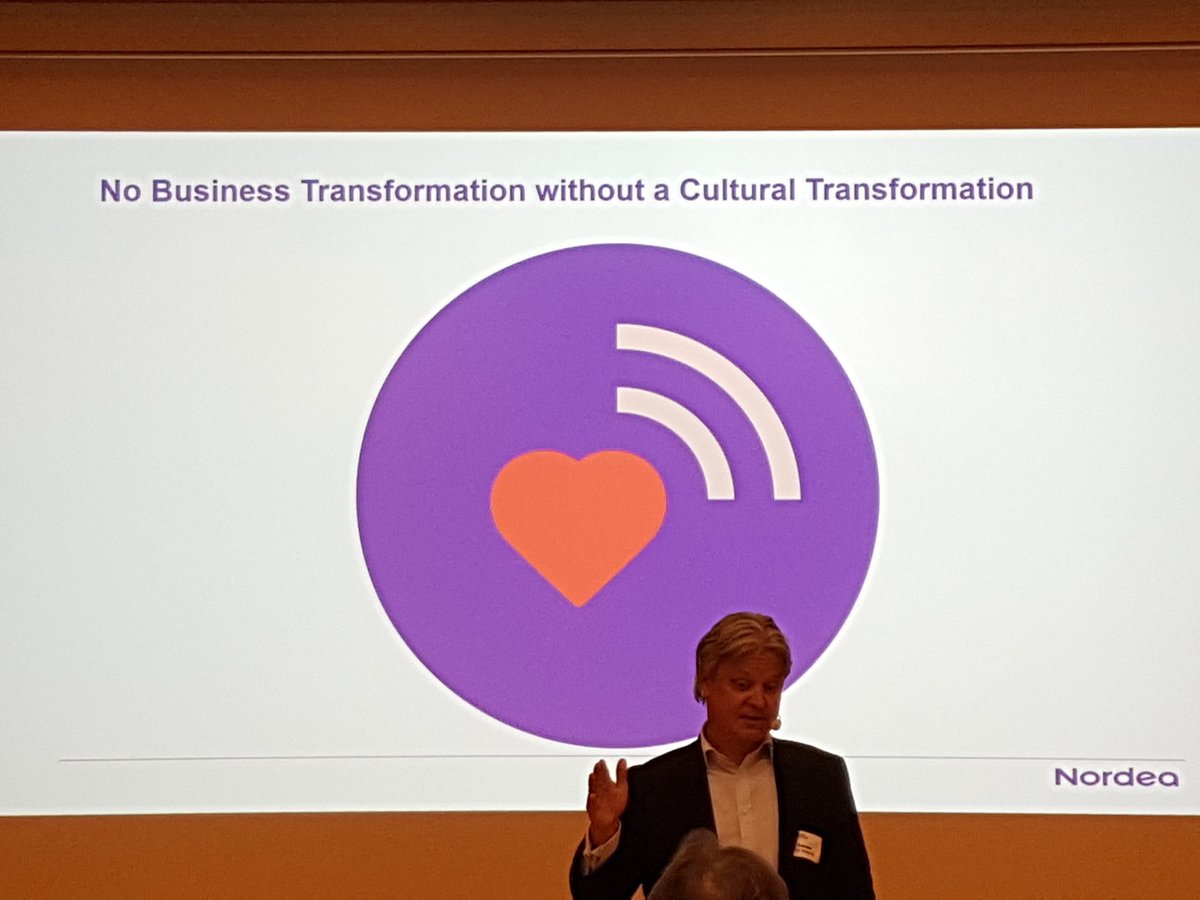”Keep the cannibals in the family”[1]

Innovation is the Holy Grail of the changes happening at the moment. All companies aspire for it. We know how to make incremental innovations to improve our products and services or to cut costs. There are known tools and processes for this.
What do we need to do when we want to disrupt our own industry or migrate to completely new areas? This capability is present in small start-ups and therefore we are all paying attention to them.
In the big corporations, the question is: How can we make sure that the disruption will take place in our own kitchen? After all, it is better to keep the cannibals in the family!
”Innovation is not a science. Innovation is an art.”[2]
The challenge with disruptive innovations is in leading them. It is impossible to command and control innovation and creativity. We can only enable them. Creativity is always difficult to predict and to lead. Therefore, we need new kind of leadership.
In this new leadership paradigm, organisational culture is at core. We need to find ways to be agile, experiment and fail fast, embrace mistakes and learn from them. Ability to tolerate uncertainty becomes paramount. Traditional organisational thinking does not support this.
Innovation cannot be commanded or controlled! Thus, many companies emphasise creating an innovation culture.
In bigger corporations, innovation culture and agile, experimental way of working too often receive only lip-service. We all know that they are important and the CEO often talks about this. Still, we concentrate on reporting, sub-optimise our silos and concentrate on short-term results. This is where our attention is directed by our structures and culture.
It takes a lot of courage to change the culture towards innovation and experimentation. For this to happen, the CEO and her team will need to be truly committed.
When coaching and lecturing on leadership of creativity and innovation culture, I often come across frustration in people. The top leadership talks about the need for change – and the middle management and others understand the need. Some even live the change already. However, company structures and culture do not support it. Organisations are bureaucratic, structures are at the forefront, people are not empowered, there is no trust – despite good intentions leadership is still based on commanding and control. The organisational culture does not support innovations and thus we cannot harness our collective genius[3].
“Walk the talk, don’t stumble the mumble”[4]
Real change will take place only when the Board and the top leadership are jointly committed to create a new innovative culture. It requires the Board courage to look further in the horizon and the willingness to be bold in defining the strategy – and ability to accept failure as part of the innovation portfolio.
Hopefully Board nominations will in the future include more people with an understanding of innovation culture. Only a Board with this capability recognises the ability to create an innovation culture as one of the core competencies of the CEO and her team. With a clear mandate from the Board, the top leaders will then be able to transform the organisation and its culture towards innovations.
Even if ideas and innovations are often created bottom-up, the change in the culture must start at the top – with the Board and the top leaders. Only that enables a real innovation culture and makes disruptive innovations possible within the corporation.
The companies that are capable of this change, fast, will succeed.
[1] Mohanbir Swahney
[2] Tom Kuczmarski
[3] Term Linda A. Hill
[4] Harry M. Kraemer

Add new comment